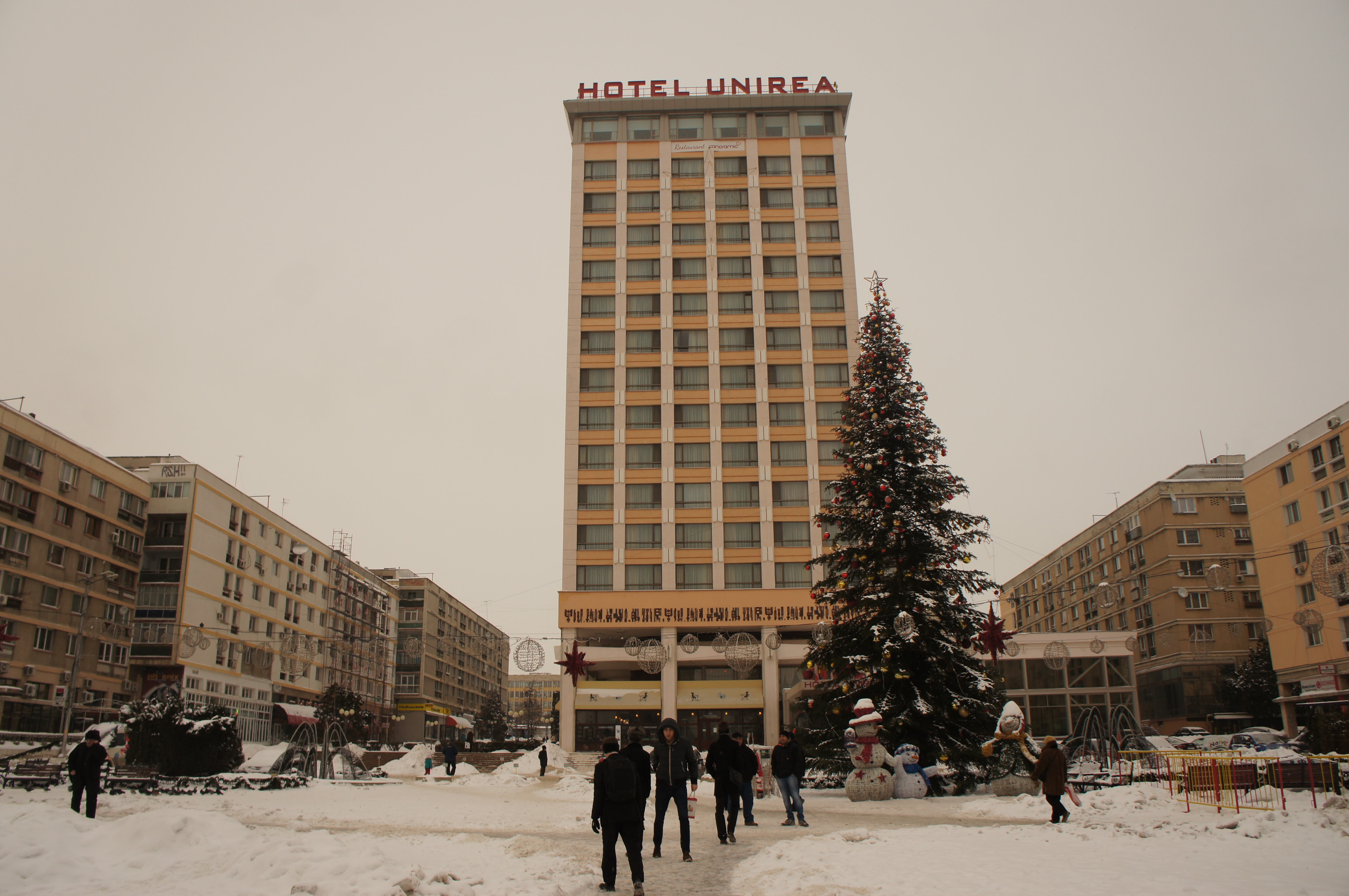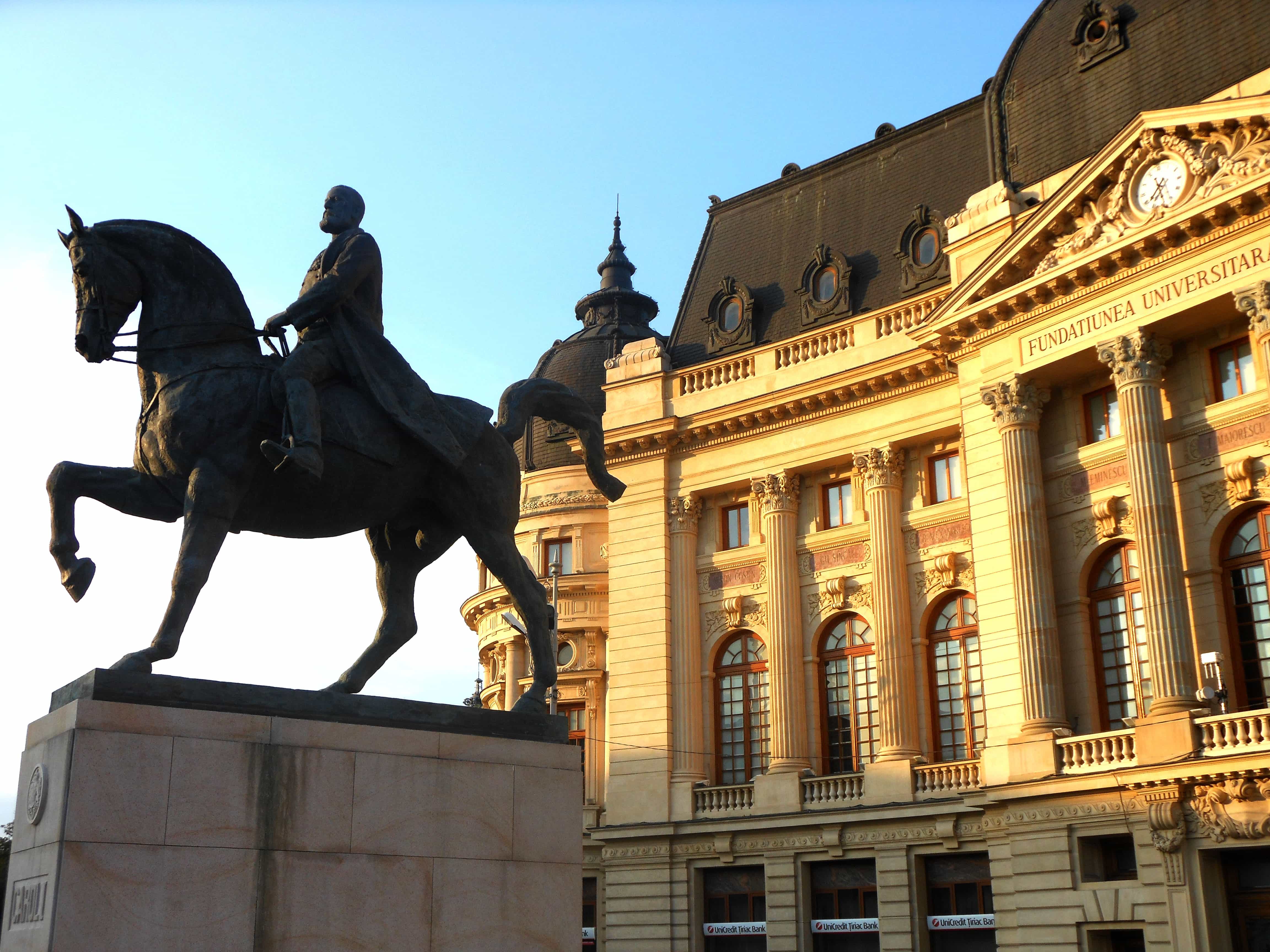It’s normal to feel some apprehension when visiting a new country; particularly a country like Romania. The grime and bustle of a metropolitan, ex-socialist country may leave you wondering, is Romania safe?
I have lived and traveled in Romania for a combined total of nearly 3 years. In my experience, Romania is an incredibly safe and pleasant destination for people from all around the world.
Like all countries, however, Romania has its own security and personal safety risks of which you should be aware.
In this guide, I will explore the topic of personal safety in Romania. I will advise you on how to remain safe during your visit.

Begging in public places
It is very common to be approached by beggars and buskers while visiting Romania’s urban centers. Romania has a sizable Roma population which relies on donations from begging or busking in order to survive.
Beggars and buskers will often enter public transit to beg the public for money. Some will play Roma tunes on the violin or accordion to get tips.
While mostly benign, I have found that some beggars can be overly persistent. Many of them make you feel very uncomfortable while asking for cash. Even if you hand a beggar some cash, they may continue to pester you for additional money.
While you may feel bad for them, some of whom are children, you should do your best to refrain from giving beggars money.
If you are approached by a beggar, the safest reaction is to continue walking forward, without making eye contact. If the beggar approaches you while you are seated on public transit, maintain a forward gaze and do not respond.
While ignoring strangers may seem impolite, it is the best way to keep yourself safe.
Many children who beg for money in Romania are being exploited by criminal gangs of tzigani. Not giving in to beggars is the best way to discourage the practice of exploiting children.
Unsafe Roads and Drivers

While I am no stranger to traffic, road rage, and hair-raising freeway maneuvers, I still get a bit queasy when driving on Romania’s roads. Unlike the US or Canada, Romania lacks a highly-developed network of well-maintained roads.
Although the country is investing massive amounts in its infrastructure, the road conditions in Romania are presently quite poor.
Potholes are abundant and there are very few freeways. These conditions are especially treacherous during the winter months, in which road deicing and snow plowing is unreliable and infrequent.
Most of the roads which connect Romania’s large cities are two-lane roads which run through the middle of rural villages. While these roads can be scenic, they can also be dangerous for visitors who are accustomed to well-maintained freeway systems.
I recommend that you avoid driving on Romania’s roads at all costs. Most cities in Romania have reliable public bus and light rail systems. The country has a wonderful train system which can take you to most destinations safely and reliably (and cheaply).
In addition, nearly every Romanian city has a bus station, or “auto gară,” where you can catch a ride on a mini bus. These buses can take you to other Romanian cities and some international destinations.
Stray Dogs

In my experience, the most significant threat to personal safety Romanian cities and villages is stray dogs.
Romania is grappling with a stray dog problem which affects most major cities and villages. It is not uncommon to see packs of up to ten dogs roaming the streets.
Coming from Los Angeles, I was shocked to witness stray dogs roaming the streets of Romania’s capital city, Bucharest.
Luckily, the stray dogs tend to be very well behaved. They only cross the street when people do and they are friendly.
Still, you should stay alert and vigilant as to not accidentally startle a stray dog. They can sometimes snap in aggression if caught off-guard.
If you find yourself in a situation where a stray dog is acting aggressively towards you, you should slowly back away until the dog is out of sight.
Though I do not recommend it, many locals react to aggressive dogs by picking up a rock off the ground. This is a way of saying to the dog, “come closer and I will hurt you.” The stray dogs understand this gesture and will usually disperse.
In fact, this works so well that some locals will merely pretend to pick up a rock off the ground and the aggressive dog will leave with its tail between its legs.
Pickpockets
While I have never been pick-pocketed in Romania, I felt I should include this safety warning because pick-pocketing is a common crime perpetrated on tourists.
Barring a healthy dose of post-socialist skepticism, I have found Romanians to be very welcoming and polite to tourists. There are, however, some Romanians who defy this generality and look to take advantage of foreigners who holiday in Romania.
There is a medium risk of being pick-pocketed, particularly in touristy places or places where there are many people gathered.
To avoid falling prey to this behavior, it is wise to keep your bag in a place where you can see it at all times. When I travel in Romania, I carry a side bag which I wear to the front so that it is never out of my sight.
In addition to following general safety practices, you should also avoid areas where pickpockets tend to congregate.
Specifically, I recommend that you remain vigilant while visiting Gara de Nord (Bucharest’s central train station), Piața Unirii (Bucharest’s main socialist-era plaza), and Centrul Vechi (Bucharest’s historic and touristic center).
Terrorism in Romania
Unfortunately, the threat of public, indiscriminate terrorism is at the fore of many tourists’ minds these days. In recent years, we have witnessed terrorist attacks targeting tourists in many of Europe’s most visited cultural and business centers, including Paris, London, and Frankfurt.
Thankfully, Romania has never had a mass-scale terrorist incident in which the public was targeted. In this regard, Romania remains an incredibly safe place to visit. Romanian society, at large, remains relatively harmonious and functional.
Dated Buildings

When I arrived in Bucharest, I was overwhelmed by the jarring socialist-realist and brutalist architecture that dominated the cityscape.
During the Ceaușescu regime, the country’s traditional buildings were demolished to make way for soviet-style apartment buildings. The majority of the city’s buildings are constructed of concrete and few have been retrofitted for safety.
The issue of Romania’s dated building safety standards entered the spotlight recently, in late 2015, when 64 people were killed in a nightclub fire in the country’s capital, Bucharest.
Investigations following the incident found that the building was in violation of several safety protocols.
Taxi Drivers
Taxis are very common in Romanian cities and towns. Taxis are a cheap, quick, and typically safe way to get around the country.
Unfortunately, some taxi drivers view naive tourists as a quick source of cash. Rather than taking you directly to your destination, scheming taxi drivers will take a long route so that you have to pay an exorbitant fare.
To avoid this unpleasant situation, it’s usually best to decide on a price before entering the taxi. Most Romanians understand some English, so you shouldn’t have a problem communicating to your driver about your destination.
If the fare seems high, ask another driver. By establishing your fare before entering the taxi, you decrease the risk of being overcharged for your trip.
Final Thoughts

Many of the potential safety risks I have encountered in Romania are risks I have encountered in Los Angeles and New York City. I have never felt unsafe in Romania.
To the contrary, I have found Romania to be a very safe and desirable place to visit.
Stay vigilant during your visit, but don’t let your fear of the unknown keep you from enjoying yourself while you visit this unique destination.
If you follow the advice I have given in this guide, I am sure that you will have a very safe and successful trip.
Enjoy your travels!

